lóng fèng chéng xiáng refers to something auspicious and joyful.
Loong is the Chinese dragon, while Feng means a phoenix. As the earliest totem of the Chu State (1115 BC-223 BC), the Phoenix is inherently genderless, symbolizing the values of truth, goodness, and beauty.
However, over time, it became intertwined with Huang, a female phoenix, and started to represent a male phoenix.
With the decline and eventual collapse of the Chu State, the political center shifted to northern China.
The totem of Northern China, the Chinese dragon, or Loong, became the predominant symbol of imperial power, overshadowing the Phoenix.
During the Tang and Song dynasties (618-1279), Feng began to represent women.
Emperors were dressed in robes featuring intricate Long designs, while empresses wore the phoenix crown, marking a significant shift in symbolism.
Consequently, Feng became associated with women.
Today, lóng fèng chéng xiáng is mainly used in wedding ceremonies, indicating that the couple is harmonious and the marriage is happy.










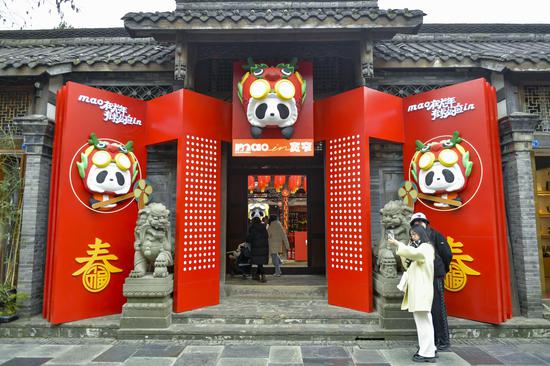

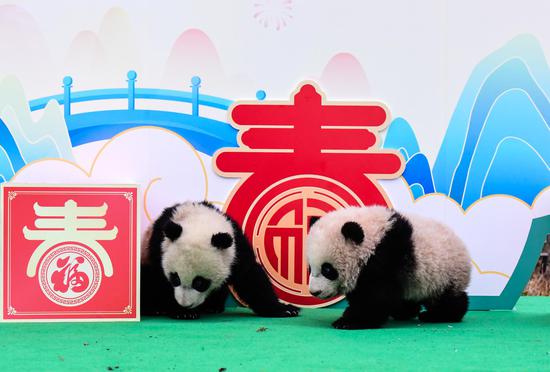
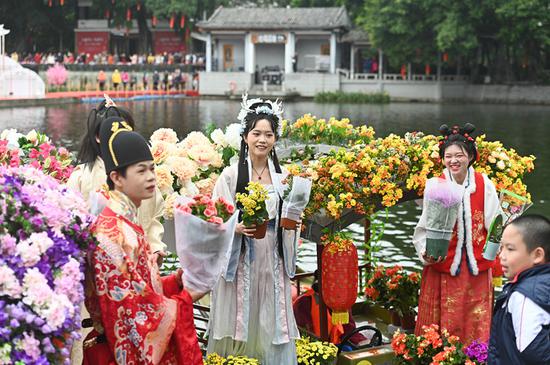


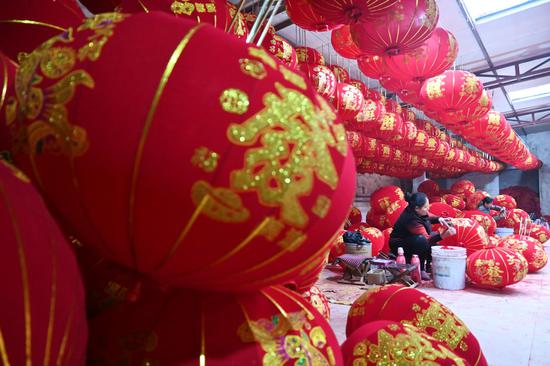
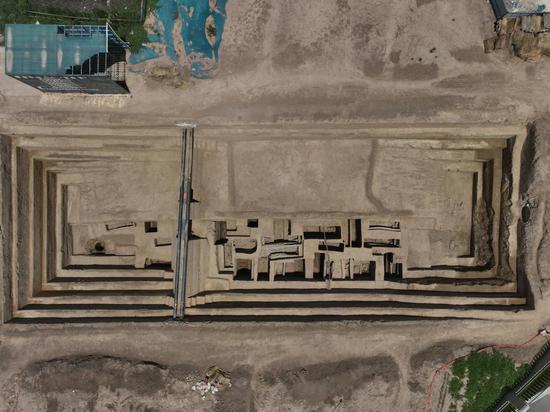

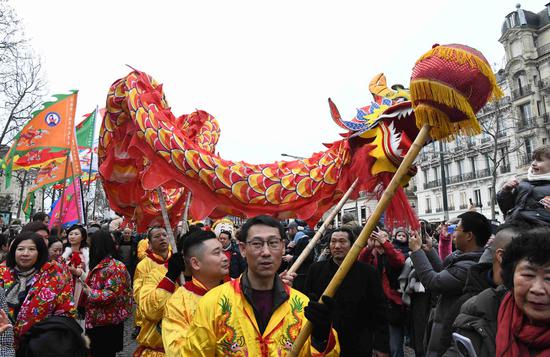



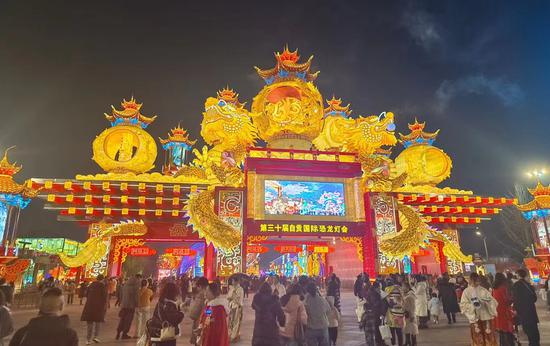

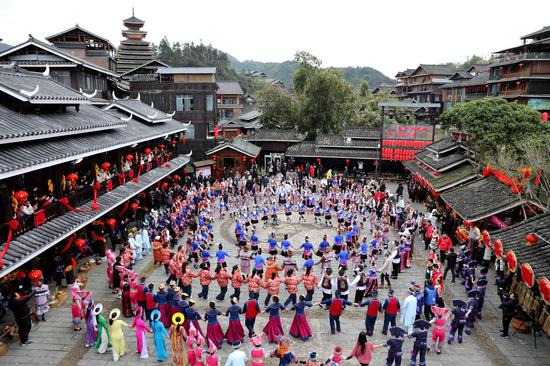


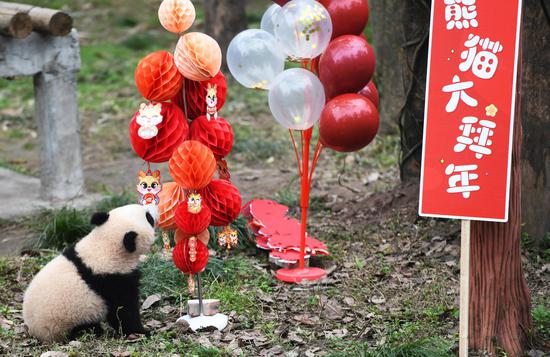




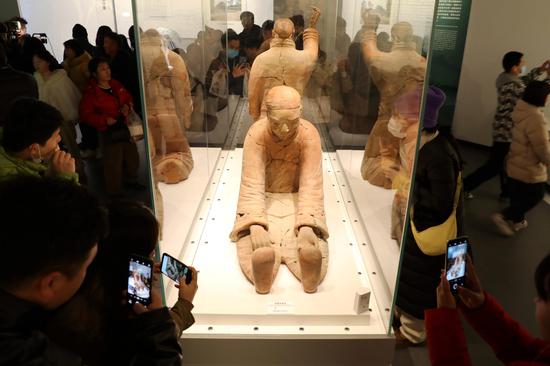

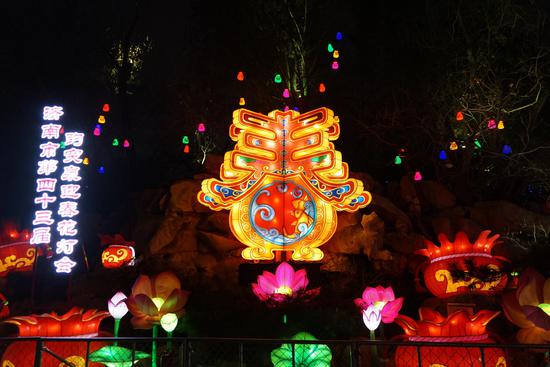
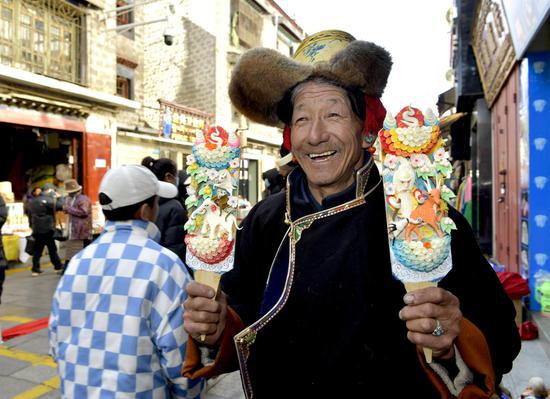
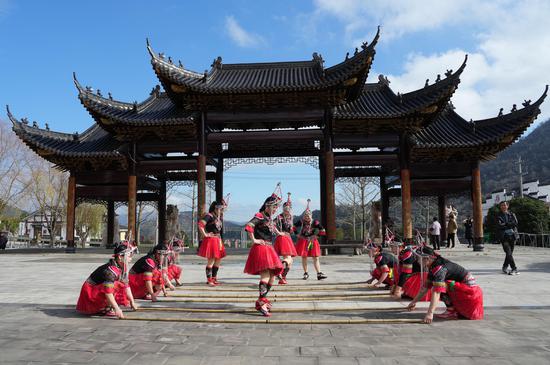
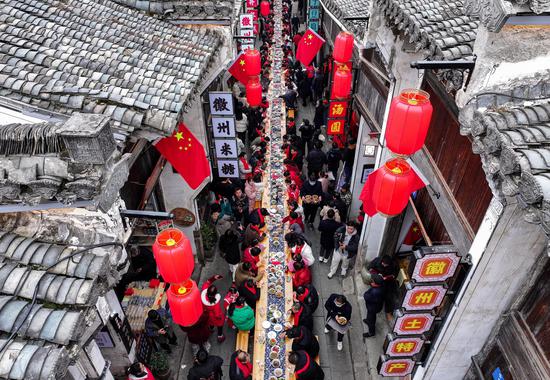

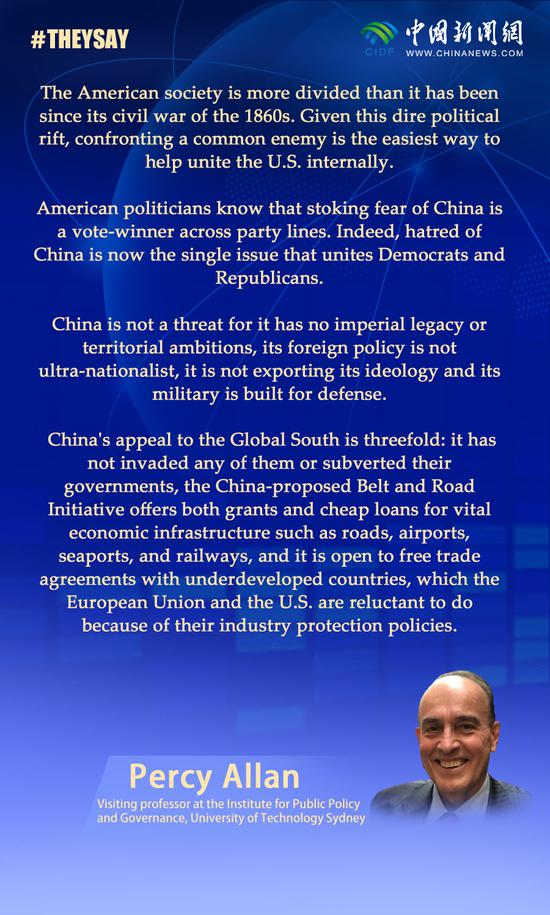


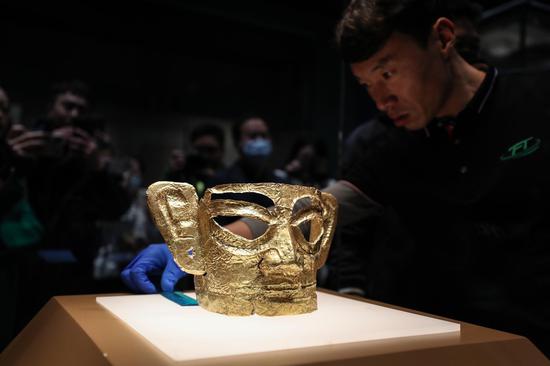






 京公网安备 11010202009201号
京公网安备 11010202009201号
